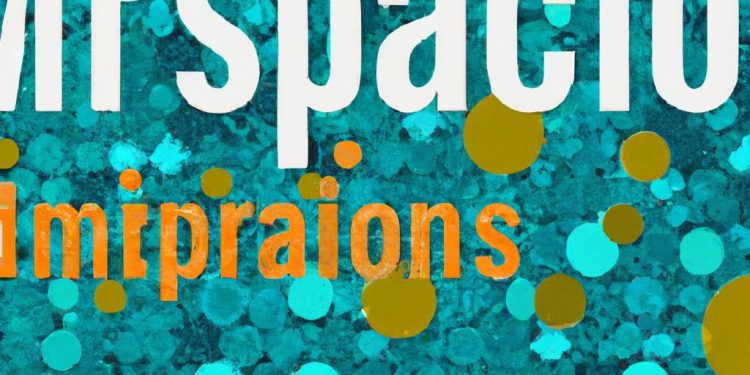Under the vast, alluring sky of veritable data painting our professional cosmos, the quest for the right knowledge often resembles digging for precious gems in the murky depths. Don’t be overwhelmed, dear reader, for you’re about to embark on a cosmic journey of enlightenment. Enter the galaxy of ‘Assess to Impress: Crafting Impactful Evaluation Methods,’ your celestial roadmap to navigating the nebulous realm of performance metrics, analytical algorithms, and evaluative schemes. Let’s levitate beyond the ordinary, challenge the cryptic codes, and shape our understanding to mold better, more powerful evaluation methods. In a universe where outcomes orbit around details, we invite you to join us in this exploration. Buckle up as we venture together into the enlightening world of ingenious and transformative evaluation. Assessments aren’t simply tools for assigning grades and measuring learning. They can be powerful drivers of student motivation and growth. Crafting effective assessment techniques maximises not only the student’s potential for success but also serves as a reflection of your excellence as an educator. It calls for an understanding of your learners, a solid evaluation design, and a constant commitment to improvement.
- Understand Your Learners - Recognise your students’ readiness, interest and learning style. Clear learning targets can significantly feature in creating a relevant assessment tool.
- Solid Evaluation Design – An assessment must be carefully designed to align with learning objectives. Include a variety of testing formats to assess different skills.
- Commitment to Improvement – Your assessment methods should evolve as you understand what works best for your students and your teaching style over time.
Going digital is an innovative recommendation that can elevate your evaluation game. Use online quizzes, student blogging, digital portfolios, and virtual reality simulations to tap into technological resources. Collaborate with peers, seek feedback, and refine your technique; these are all integral parts of the assessment process.
| Types of Assessment | Examples |
|---|---|
| Formative | Quizzes, reflections, discussions |
| Summative | Final exams, term papers, projects |
| Peer Assessment | Peer review, group activities |
Remember – your ultimate aim is not just to evaluate, but to inspire and motivate learners to reach their full potential. Achieving this might seem daunting, but with effective strategies in hand, you can ultimately transform your assessments into powerful tools for motivation and growth. In conclusion, creating and effectively implementing robust evaluation methods is not only a necessity, but an art form, one that is bestowed with the potential to catalyze monumental growth and improvements in any organization. It’s no longer just about pointing out what went wrong; it’s about bringing to light the paths that lead to better outcomes. It’s about seamlessly blending fairness, precision, and innovation in a crucible of assessment that respects everyone’s contribution. Through consistent and impactful evaluation strategies, organizations are sculpturing excellence and confidently marching towards a future where ‘good enough’ is no longer the goal, rather ‘exceptional’ is the new norm. So, dive in, reassess your assessment, recalibrate perceptions, kindle the fire of constant progression, and remember: to truly impress, you must diligently assess.



